Do you have a question about the Lester 20330-95 and is the answer not in the manual?
Connect the charger's AC input plug to a grounded outlet before connecting the DC output to the battery.
Monitor the ammeter for initial charge rate, which varies with battery condition and line voltage.
Charge rate decreases as battery voltage rises; normal finish rate is 4-9 amps for good battery cells.
Aging batteries may have lower finish charge voltage and rate; charger still determines full charge.
Charge time depends on battery capacity, discharge depth, temperature, and break-in status.
New or cold batteries may require more time and show a lower finish charge rate for equalization.
Disconnect the DC output plug from the receptacle after the charger has turned off.
Wear protective gear, avoid metal objects across terminals, and be aware of acid hazards.
Ensure correct polarity for new batteries and give them a full charge before first use.
Limit use of new batteries for first 20 cycles; they need several cycles to reach rated output.
Excessive discharge can cause polarity reversal or cell damage, reducing capacity and life.
Add distilled water when needed, ensuring levels never fall below the top of battery plates.
Batteries in storage can self-discharge and sulfate, leading to capacity loss.
Charge batteries promptly when temperatures drop below 65°F; cold batteries need more time.
Keep battery tops and hold-downs clean and dry; clean off electrolyte spills immediately.
Ensure bolted connections are clean and bright; re-tighten connections twice yearly.
Ensure DC plug is reconnected; test outlet with another device.
Check fuse visually; reversed battery polarity or diode failure may cause fuse to blow.
Indicates misuse, such as connecting to a battery pack with lower voltage or higher capacity.
May indicate a malfunctioning charger; disconnect input plug if charge time exceeds maximum.
Check for a weak circuit breaker, overloaded circuit, or test charger on different outlets.
| Brand | Lester |
|---|---|
| Model | 20330-95 |
| Category | Battery Charger |
| Language | English |
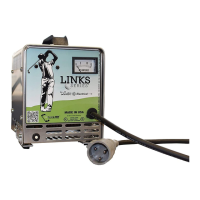
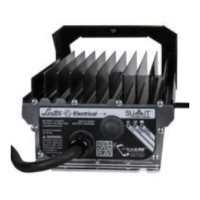





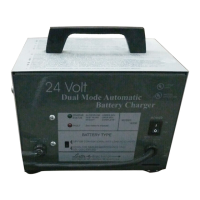
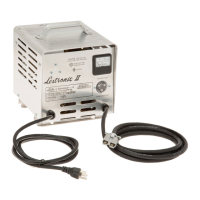
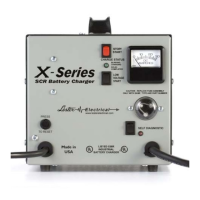
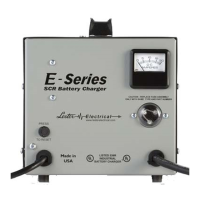
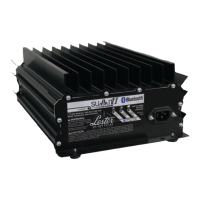
